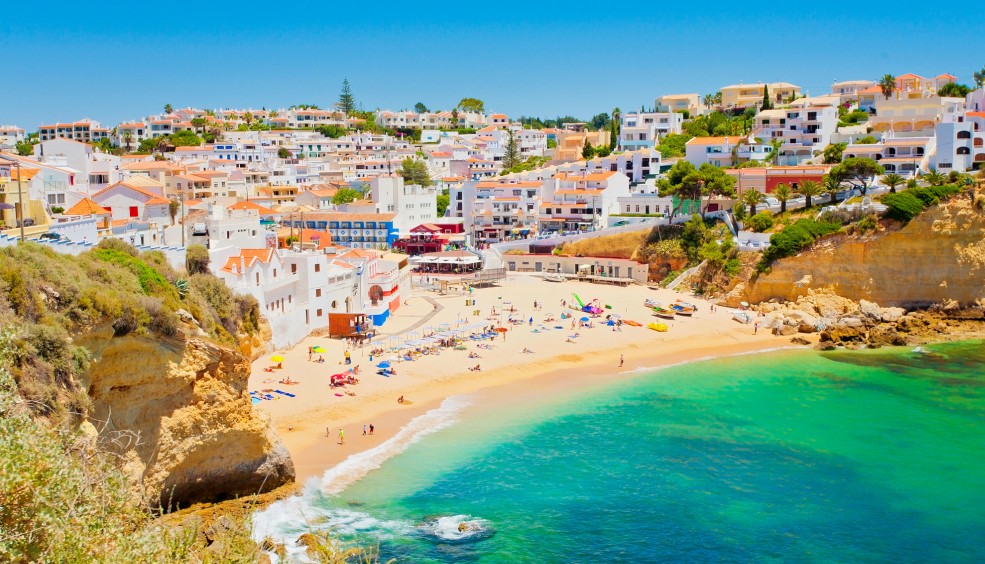4 GREAT FILM LOCATIONS TO VISIT – OSCARS SPECIAL
Get ready to discover the best film locations, where you’ll be able to feel like a real film star.
more info7 original Christmas gift ideas and where to find them
Are you fed up of boring Christmas presents like socks or pyjamas? Here are a few brilliant ideas and the best thing about them is that you have to travel in order to buy them!
more info7 cheap destinations to enjoy before summer arrives
Do you fancy going away before the official summer holidays, to beat the crowds? Make a note of these ideas.
more info8 fascinating facts you never knew about Ibiza
What do you know about Ibiza, apart from that it’s got incredible beaches and is a mecca for DJs, go-go dancers, ravers and celebrities? We’ve put together 8 fascinating facts about Ibiza, the largest of the Pityusic Islands (Ibiza and Formentera), which we bet you didn’t know.
more info




